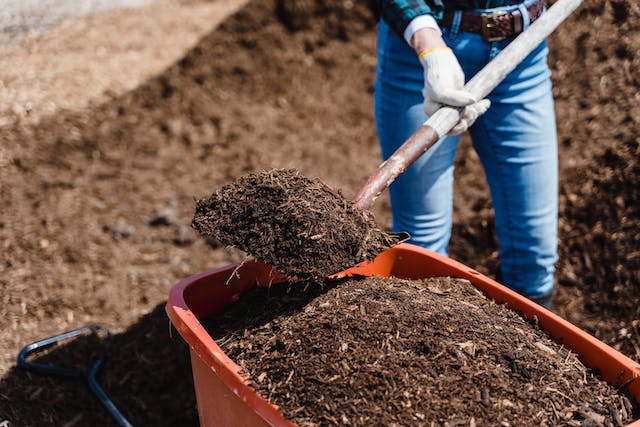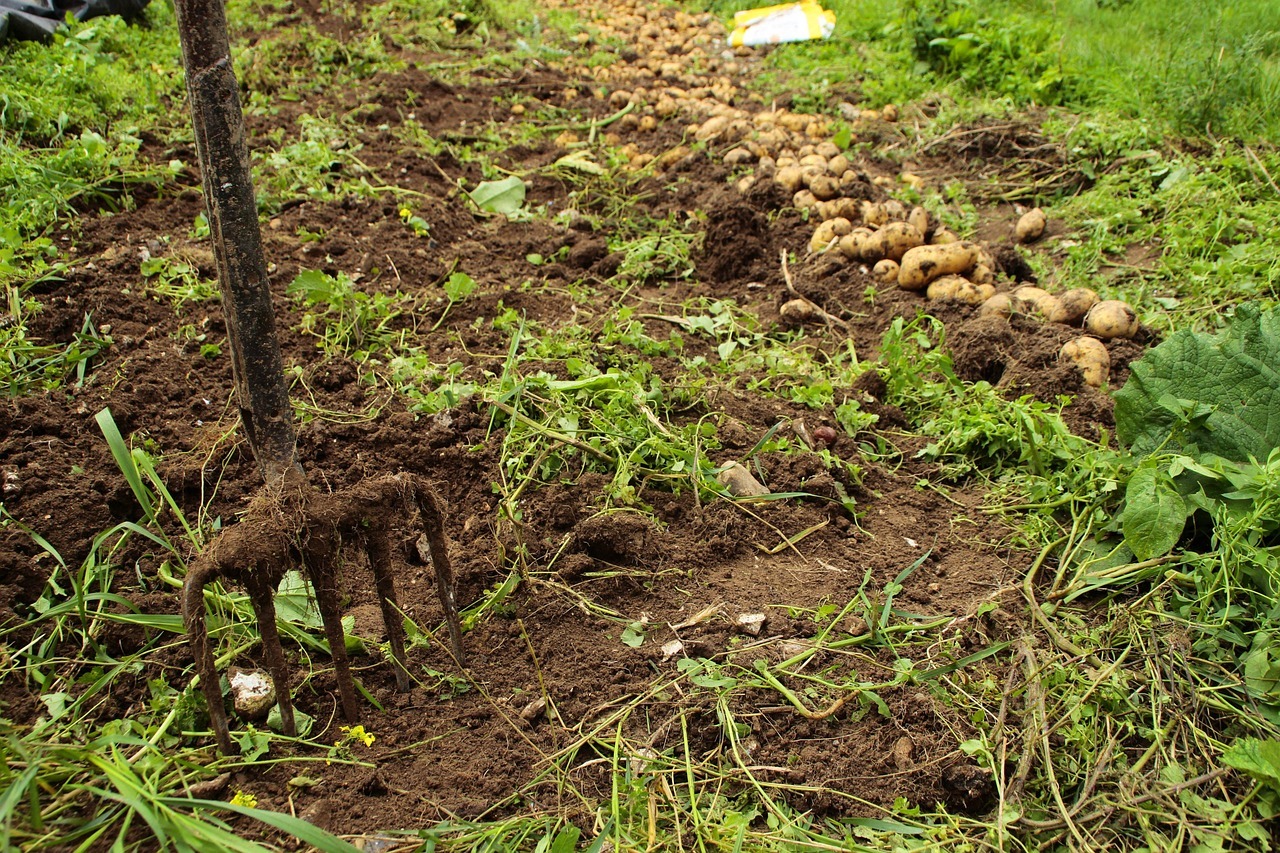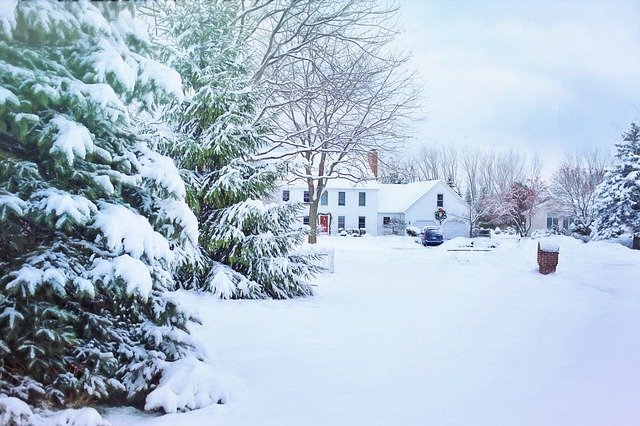Does Your Planting Zone Limit What You Can Grow? Here’s What to Know
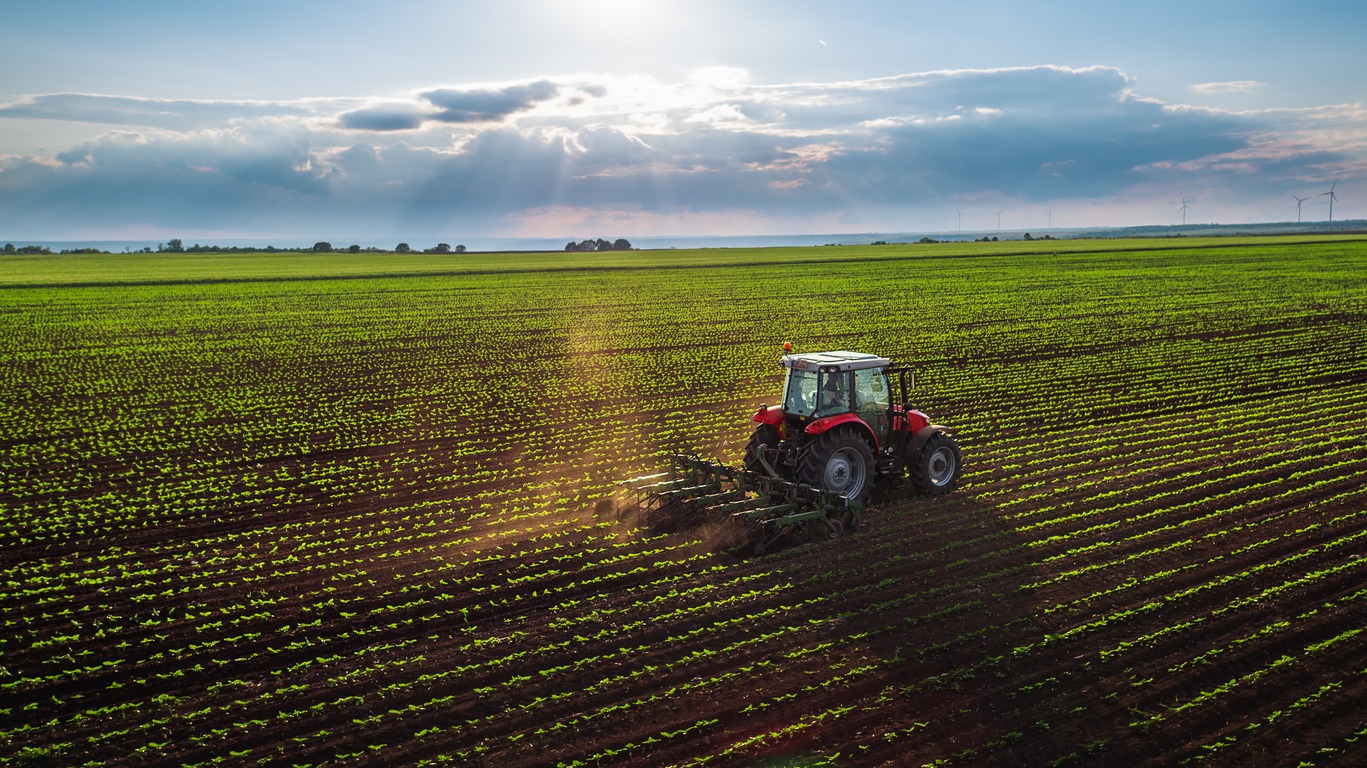
When it comes to growing a beautiful, productive garden, understanding your planting zone is one of the first things that comes up. You might think, “If my planting zone says I’m limited, that’s it, right?” Not necessarily! While planting zones provide helpful guidelines, they don’t define hard-and-fast rules for what you can and can’t grow. In fact, with a bit of experimentation and knowledge, you can push the boundaries of your zone and enjoy a more diverse garden than you might think.
Let’s dig into what planting zones really mean, recent changes to these zones, and ways you can work with (and even stretch) your zone’s limits for a thriving garden.
What Are Plant Hardiness Zones?
Plant hardiness zones are a handy reference for understanding the climate conditions plants can endure. The USDA Plant Hardiness Zone Map divides the U.S. and Canada into 13 zones based on the average annual minimum winter temperature. Each zone is a 10-degree Fahrenheit range, helping you choose plants that can handle your winter weather.
But here’s the kicker: these zones are just guidelines. They don’t account for everything going on in your yard—like the unique sun, shade, and wind conditions of your specific garden spots. A plant listed as “too tender” for your zone might actually do just fine in a protected nook of your garden. By knowing your zone but not feeling restricted by it, you open up a world of gardening possibilities.
Why Knowing Your Zone Is Still Important
While we’re saying that zones aren’t set in stone, they’re still essential for general guidance. Zones give you a solid baseline, especially when you’re planning your garden layout, picking out plants, and figuring out what protection they might need. You wouldn’t want to plant a lemon tree rated for zone 10 in zone 5 without some serious cold-weather preparation.
For instance, if you’re in zone 6, you’ll want to choose plants rated for zones 6 or lower for outdoor planting. This ensures they can survive the coldest winter days in your area. You can also use zone information to determine when to plant certain seeds or plants, as well as to develop a plan for winter protection if you’re trying to stretch your boundaries.
The 2023 Update: What’s Changed in the Zone Map?
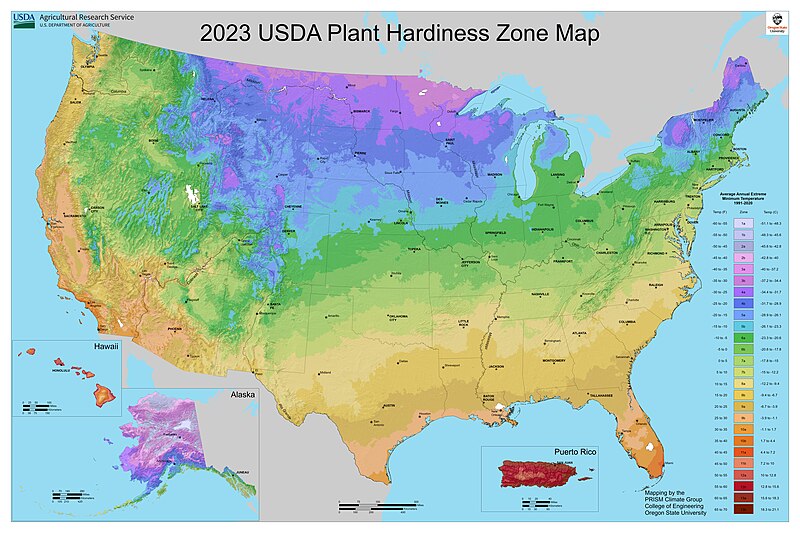
The USDA Plant Hardiness Zone Map was recently updated in 2023 with data from 13,400 weather stations, up from 8,000 in the previous version. This update means a more accurate reflection of our current climate, which has seen warming trends in many regions over recent decades.
In practical terms, this update has pushed certain areas into warmer zone classifications. For example:
- Some parts of Northern Minnesota moved from zone 3a to a cooler zone 2, which is rare but happens due to localized cooling trends.
- Southern Florida saw parts of zone 10b shifting northward, making way for zone 11a due to warming.
These updates mean you might be able to try some warmer-climate plants than before or expect fewer freeze risks for tender plants. However, keep in mind that climate trends can still be unpredictable, and it’s wise to monitor your local conditions regularly.
Expanding Your Plant Palette
Now, if you’re eager to try something new, the concept of microclimates can be your friend. Microclimates are small areas with conditions different from the overall region. They’re influenced by factors like bodies of water, buildings, trees, or even stone walls. In other words, one part of your yard might be much warmer or cooler than the rest, allowing you to grow a broader variety of plants than your zone might suggest.
For example, the south side of a building might stay warmer in winter due to the sun’s exposure and heat absorption from the structure. You could plant a Mediterranean herb like rosemary there, which might otherwise struggle in your colder zone. Or, maybe there’s a spot protected from wind where a less hardy plant can flourish.
Here’s how to start experimenting with expanding your plant palette:
- Research Cold-Tolerant Cultivars: Some plant species have varieties that are more cold-hardy than others. Look for cultivars specifically bred for colder climates—they often carry names like ‘North Star’ or ‘Winter Gem,’ indicating their suitability for chilly weather.
- Experiment with Season Extenders: Consider using cold frames, row covers, or greenhouses to protect plants from frost, which allows you to grow varieties suited for warmer zones. These tools are affordable and effective, providing shelter and extending your growing season by a few extra weeks on either end.
- Observe Microclimates in Your Garden: Pay attention to the warm spots, cool zones, sunny patches, and shaded nooks. Observe which areas stay warmer on cold nights or frost over last in winter. Use these spots strategically to plant tender species or experiment with less-hardy plants.
Digging Deeper Into Microclimates
Microclimates can make a massive difference in your gardening approach. Here are some of the most common types of microclimates and ways they influence what you can grow:
- Near Water Bodies: Water tends to moderate temperatures, so areas close to ponds, lakes, or rivers may have milder winters and cooler summers.
- Close to Buildings: Structures absorb and radiate heat, keeping nearby areas warmer, especially on the south side, which faces the most direct sunlight.
- Urban Heat Islands: Cities create warmer-than-average conditions due to concrete and building density, which can extend growing seasons and allow for less hardy plants.
Knowing these microclimates can help you take gardening to the next level. The key is to observe how sunlight, moisture, and temperature vary throughout your yard and use this knowledge to your advantage.
Pushing Zone Boundaries with Climate Shifts
As winters grow milder in many regions, it’s becoming possible to push the boundaries of what we once thought possible in certain zones. If you’re an adventurous gardener, now might be the perfect time to introduce plants you’ve always thought were too tender for your region.
For those considering pushing these boundaries, here are some practical tips:
- Select the Right Plants: Not all plants respond well to being pushed beyond their zones. Start with perennials that have demonstrated some cold tolerance in marginally warmer zones.
- Adjust Planting Schedules: By starting seeds indoors earlier or keeping tender plants out a bit longer, you can extend your season and increase your chances of success.
- Use Protective Structures: Cold frames, greenhouses, and hoop houses are all great tools for protecting plants during unexpected frosts.
- Test and Observe: Gardening is about experimentation. Try planting tender perennials in sheltered areas and watch how they respond over a few seasons.
Other Essential Growing Conditions
While cold tolerance is the main factor in planting zones, it’s not the only thing you need to consider. Soil, sunlight, and water are equally important for plant health and growth. Just because a plant can survive your zone’s winters doesn’t mean it will thrive without the right growing conditions.
- Soil Type: Different plants have different soil needs. Acidic soils, alkaline soils, sandy soils, and clay-heavy soils all affect which plants will thrive.
- Sunlight Exposure: Some plants need full sun to thrive, while others do better in partial or even full shade.
- Water and Drainage: Plants have different water requirements, so understanding your soil’s drainage and watering needs is key to success.
Also, keep in mind the length of your growing season. Some plants require a long, warm season to reach maturity, while others can grow and thrive in shorter seasons. If you have a shorter season, consider looking for fast-maturing or cold-hardy varieties.
Sustainable Gardening Across Zones
Beyond just choosing the right plants, sustainable gardening practices make your garden resilient to climate shifts and zone limitations. Here’s how to create a sustainable, low-maintenance garden across zones:
- Incorporate Native Plants: Native species are adapted to your region’s climate and require less water and care.
- Use Integrated Pest Management: A balanced approach to pest control helps protect beneficial insects and reduces chemical use.
- Optimize Water Use: Mulching, drip irrigation, and rainwater harvesting are all water-efficient practices that support sustainable gardening.
- Monitor and Adapt: Regularly check on new plant varieties, pests, and disease patterns as your climate changes. Flexibility will help you maintain a healthy, thriving garden.
Conclusion
Your planting zone is an excellent guide, but it’s just that—a guide, not a rulebook. By understanding the basics of your zone, paying attention to microclimates, and experimenting with season extenders, you can push boundaries and grow a more diverse garden. Take your garden’s unique conditions into account, adapt to climate changes, and try new plants that excite you.
With some observation, creativity, and flexibility, you can cultivate a thriving, dynamic garden that reflects your style and ambitions. Whether you’re a beginner or a seasoned gardener, these insights will help you make the most of your planting zone and discover the full potential of your garden. Happy planting!


